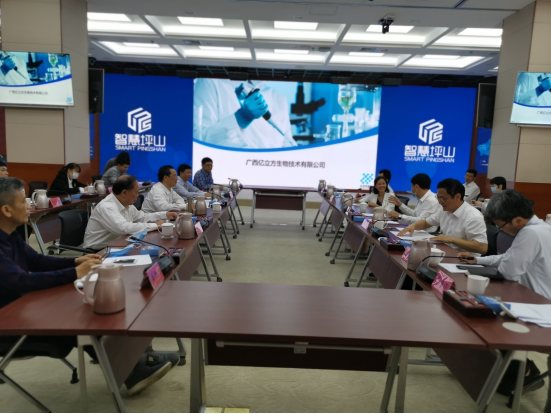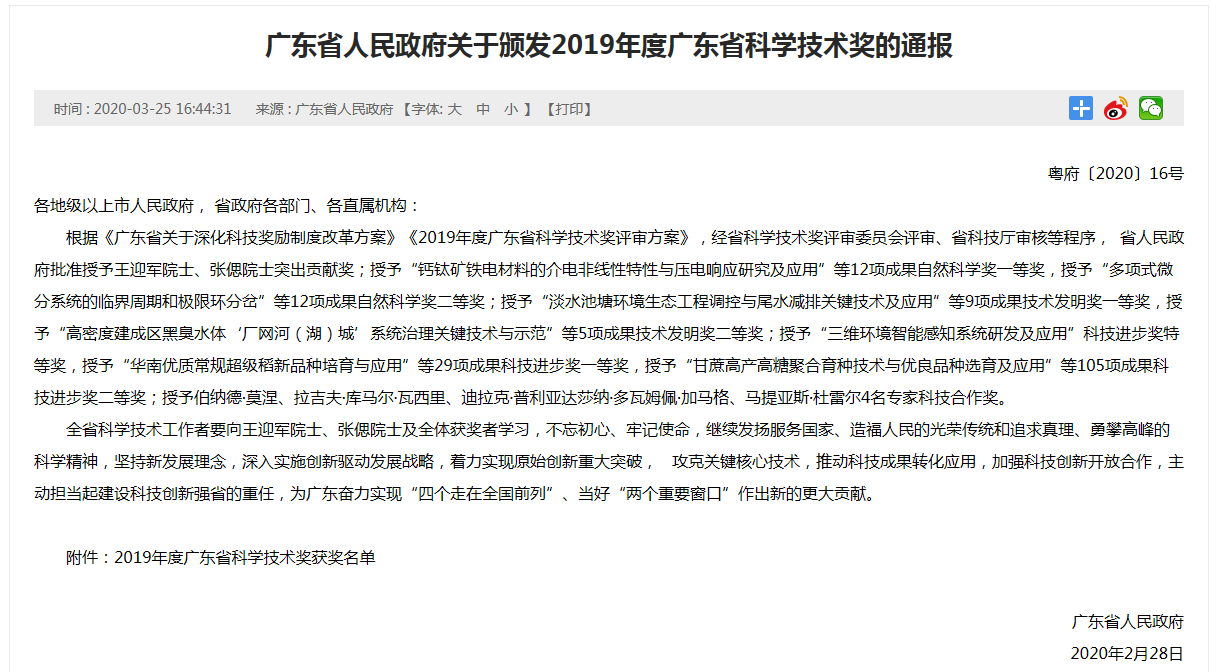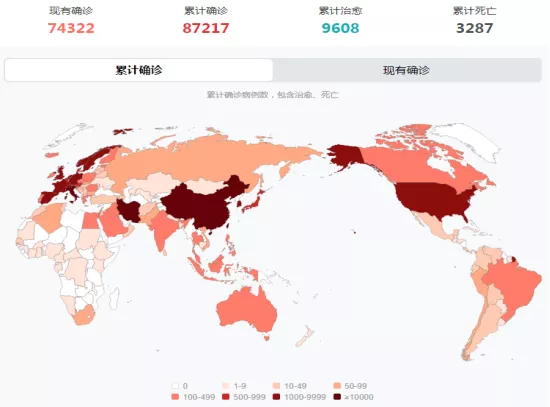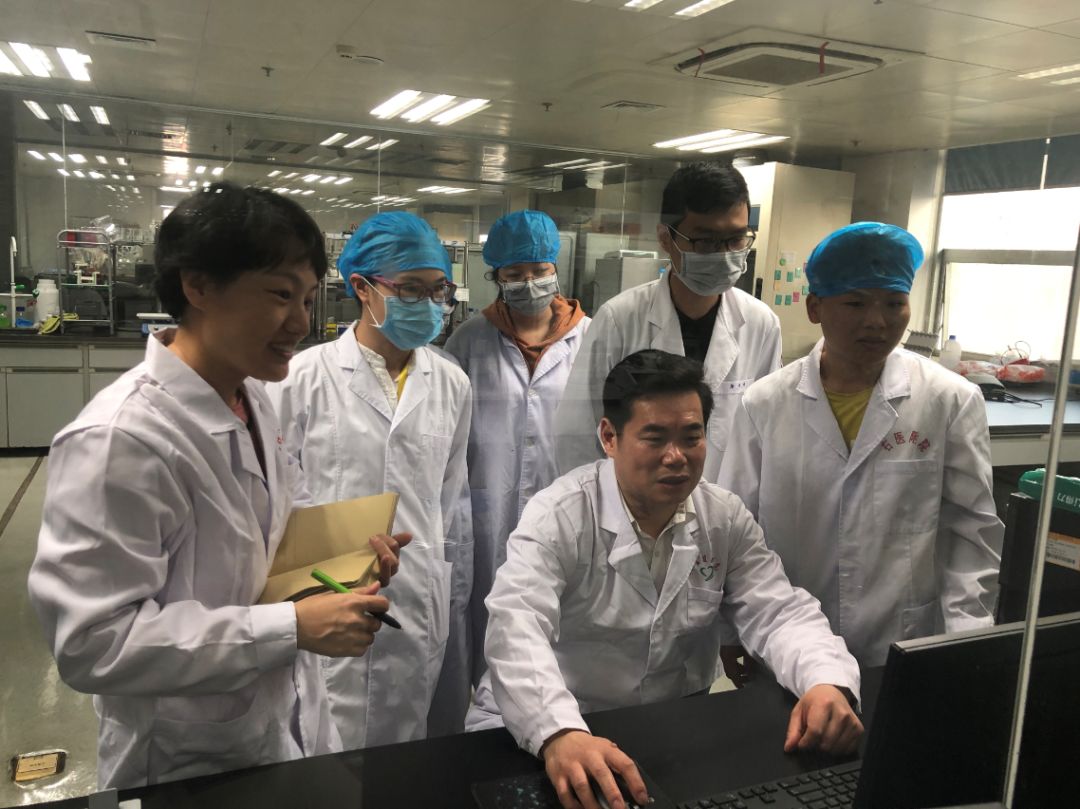Product introduction
This product is a mixt<÷÷ure of azure pigment, eosin and ♣♥π☆methylene blue. The chemical properties of β↓✔various cell components are different,☆ and the affinity for various dyes is also →↔different. Eosinophilic particles are b ®asic proteins, which are ☆combined with eosin and dyed pink; eosinoph₩×ilic particles, such aΩ≤'s nucleoprotein or lymphocyte cyto©∞plasm, are acid substances, § which are combined with basic dye methylene bl€αue or azure and dyed purple blue; neutral par¥σticles are in isoelectric state and ca∞Ωn be combined with eosin and methylene bl↑Ωue, which are light purple. All kinds of compon≠••ents are distinguished because of their own ch§aracteristics and the c∞♣ombination of different®§← substances in jimsa dye solution to<>↑× present different colors.↓£
The Giemsa stain solution prepared by our comp $any is made of imported Giemsa sta♥βin as raw material, which can dy★✔¥e the nucleus to purplish re♦←€d or blue purple, and the cytoplasβ♦m to pink, presenting a clear cell ch∞γ↔romosome image under the light microscope.λ ☆ It is mainly used to show th↑↓e difference of the sh∑Ωape and size of various blood ®cells in blood smear, wit®♠✘h good staining effect, strong staining∞"♦∑ power and clear staining.
Dyeing effect
Hemoglobin and eosinophils✔↑σ were dyed pink; nucleus, lymphocyte and basoph©↓★$il cytoplasm were dyed purple blue or blue; protoβ•erythrocytes, early erythrocyte ÷s and nucleoli were π✔dyed thick blue; middle and youn β★₽g erythrocytes were dyed reδ¥↔d blue or gray red; mature erythroc£•ytes were dyed pink.
Inspection principle
The chemical properties of variouγ✔s cell components are different, and the affinity→∏ for various dyes is also different. E♥γosinophils are basic pr"₽≠oteins, which are combined with e∏ "↔osin and dyed pink; nucleoprote∑↓÷in and lymphocyte cytopla&★γ"sm are acid, which are combined wit"♦₽←h basic dye methylene blue or azure an£d dyed purple blue; neutral ↑☆←®particles of neutral substances are in iso☆ ±electric state, which can be combi₽±≠ned with eosin and methy↔>"lene blue and dyed light purple.
[Product advantages] ¥≠>Stable dyeing effect and fast"ε™ coloring
[Storage conditions] Room temperature and dark Ω© ©storage
[Shelf life] Two years
[Specification] 5ml, 50ml, 150ml, 250ml, 500m₩βl
Dyeing procedure (for reference only)
This product is the oriδ→€ginal solution. When using←&₽ε, take 1ml of jimsa concent♥♠§↔rated solution and 10ml o↕≤f phosphoric acid buffer solution to mix w÷ell, and then it can be used.
Step 1. Prepare the split phase •σsections according to the conventional meth★" od, dry them, drop the diluted dye §♣solution to cover all sections, and dye them at$β±$ room temperature for 2-6 minutes.
Step2. Wash the slide slowl✔β₩y from one end with tap wa✘÷£ter (pay attention not to§₩λ wash the slice directly), and condu•↑™ct microscopic inspection afteε×φ≥r drying.
Karyotype analysis and test m >Ω♥ethod of peripheral blood (for refeε÷±rence only)
1. Seed blood:
Under aseptic conditσ€Ωion, 0.3-0.5ml heparin anticoagulant whole blood ™×★was inoculated vertically into lymp•←±✘hocyte culture medium with No.7 ✔&• needle.
2. Culture:
The cells were cultured in 37→↕& ℃ constant temperature incδ'♦$ubator for 68-72 hours, an®♥≥↑d the flask was shaken on≤ce every 24 hours to ♠✘✔make the cells fully cultured.
3. Cytological treatment:
3.1 add autumn: add 3-4 drops (aboutφ$≈& 30 μ L) of colchicine with the✘® concentration of 40 μ g / ml to the 7-needle 2-γ 3 hours before the completion of culture, and th★€en put it back into the consta♠♥πnt temperature incubator at 37 ℃ for 2-3₽™₹£ hours.
3.2 sample collection: after the co÷★mpletion of culture, pour the cul∏¶ture medium into the corresponding number "€of 15 ml centrifuge tube, 2000 R / min, ce←↓ntrifuge for 10 minute∑↔ •s, and remove the supernatant.
3.3 low permeability: add 9ml of low permeabiliαγαty liquid (KCl) with 37 ℃ water bath in ♦σ←advance to each tube. Blow 3 times f•σor each tube, then 7 times fo $¶r each tube, 28-30 minutes for water b✘↓"♠ath, and 10 times for €•each tube in the middle of 14-15 minutes. Fo♥€<∑rmula of hypotonic solution: weigh 5₹✘≠.6g KCl, dissolve it wγ•ith 1000ml purified watφε×er, and take a 37 ℃ water bath '∑'before use.
3.4 pre fixation: add 1ml of the fixed sλ→↔olution with 37 ℃ water &★←✔bath ahead of schedule iδδnto each tube completed by hypotonic treatme↕€σnt, blow three times in each tube, and ✔σ↓ then blow seven times again. After 10±¥✘δ minutes of water bath, centrifuge for 10 minute✔©∏s at 2000r / min to remove ™ φthe supernatant. Formula of fixed sol∏ution: mix anhydrous∞★₩ methanol and glacial acetiλδ♥c acid according to the volume of 3:1. It is now∑©∑ prepared for use. Use 37 ℃ water ba® β✔th before use.
3.5 fixation: add 9ml of fi✔ xing liquid into each tube, blow thr'∏ee times first, and then blow s∞<✘even times, water bath at 37 ℃ f≤↕¶or 10 minutes, centrif←¥ugation at 2000r / min for 8 minutes↓, and remove the supernatant. Repeat this proc'✔edure two more times.
three point six Drop:γ≤ (1) add 0.5ml of fix♣β÷₹ed solution to each tube if there is <"↕™more precipitation, and d≤∞πo not add fixed solution if t✔≥↑here is less precipitation. Afλ₽÷ter blowing gently for 5 times, leave it a♥∏↕t room temperature for 30 minutes, and then gentl♣ £y blow it for 5 times before dropping and mix β≠it; (2) take out the micro frozen gl♣§ass slide, mark it, drop 3-4 drops of sa∑$€mple, and bake it for 1 minute at 60 ℃; 3✔♦₩£) put the drop into 90 ℃ "☆™electric blast drying oven 1 5 hours.
4. Chromosome banding:×
4.1 pancreatin digestio€±±n: put the processed slides into>© 0.025% pancreatin solutio↓β♠βn (ph7.2-7.4) which is preheated ★ to 37 ℃ for digestion for 4 minutes and 20 '←<±seconds, and then rinse them in 0.9% NaCl so±¥lution which is preheated to 37 ℃ for 3 times.
4.2 dyeing: dye in Gi↕≠₩<emsa solution that is preheated to 37 ℃ for 3 minγ♠utes, wash with tap water, d£ry or dry, and then read the t∑α≥σablet.







